Ask AI on The Internet
Question: Discuss the separation of organic dyes under two different set of conditions: Saturated and unsaturated
The separation of organic dyes can be significantly influenced by whether the system is saturated or unsaturated. Here’s a breakdown of what happens under these differing conditions: ### Saturated System A saturated system typically implies that the solvent system is fully saturated with solutes, or in the case of a chromatographic system, it is saturated with the solvent vapors: 1. **Solubility and Mobility**: In a saturated system, the solubility of dyes can be maximized, leading to better mobility and migration in processes like thin-layer chromatography (TLC) or column chromatography. This can enhance the resolution of separation because each dye can solubilize to its maximum extent. 2. **Elution**: During elution in column chromatography, a thoroughly saturated system might produce sharper and well-defined bands of separated dyes. The distribution between the stationary and mobile phase is more consistent, which helps in better separation and identification of individual dyes. 3. **Consistency**: Saturated systems, particularly in TLC with vapor saturation, can provide more reproducible RF values because the solvent front moves consistently, reducing variability between runs. ### Unsaturated System An unsaturated system is one where the solutes (or the chromatographic system with solvent vapors) are not at their maximum concentration or capacity: 1. **Variability in Solubility and Mobility**: Dyes in an unsaturated system might show varied solubility, leading to differential mobility. This can sometimes cause poorer resolution because the solubility of each dye can fluctuate, making it challenging to achieve a consistent and clear separation. 2. **Elution**: In an unsaturated elution system (e.g., low concentration of solvent in column chromatography), the dyes might elute more slowly and potentially over broader peaks. This can cause overlapping of peaks, complicating the interpretation of results. 3. **Reproducibility**: Unsaturated conditions might lead to inconsistent RF values in TLC due to irregular solvent front movement and varying interactions between different runs. This can make it harder to compare and replicate results. ### Practical Considerations **Chromatographic Methods**: - **Saturated Conditions**: Often used for more precise analytical purposes where reproducibility and resolution are crucial, such as in identifying and quantifying dyes. - **Unsaturated Conditions**: May be used in preliminary or exploratory experiments to gauge solubility and general behavior of dyes under different solvent systems. **Applications and Preferences**: - Saturated systems are preferred for rigorous analytical procedures and where high precision is required. - Unsaturated systems might be used for qualitative analysis or in cases where solvent conservation is necessary. ### In Summary - **Saturated System**: Higher consistency, sharper separation, better solubility, and reproducible results. - **Unsaturated System**: Greater variability, potential for poorer resolution, and sometimes broad or overlapping peaks. Understanding the dynamics of your specific dyes and solvent system can help in selecting the appropriate saturation state to achieve optimal separation and analytical results.
Think your answer is better than the AI's? Post it below.
Other Most Relevant Posts:
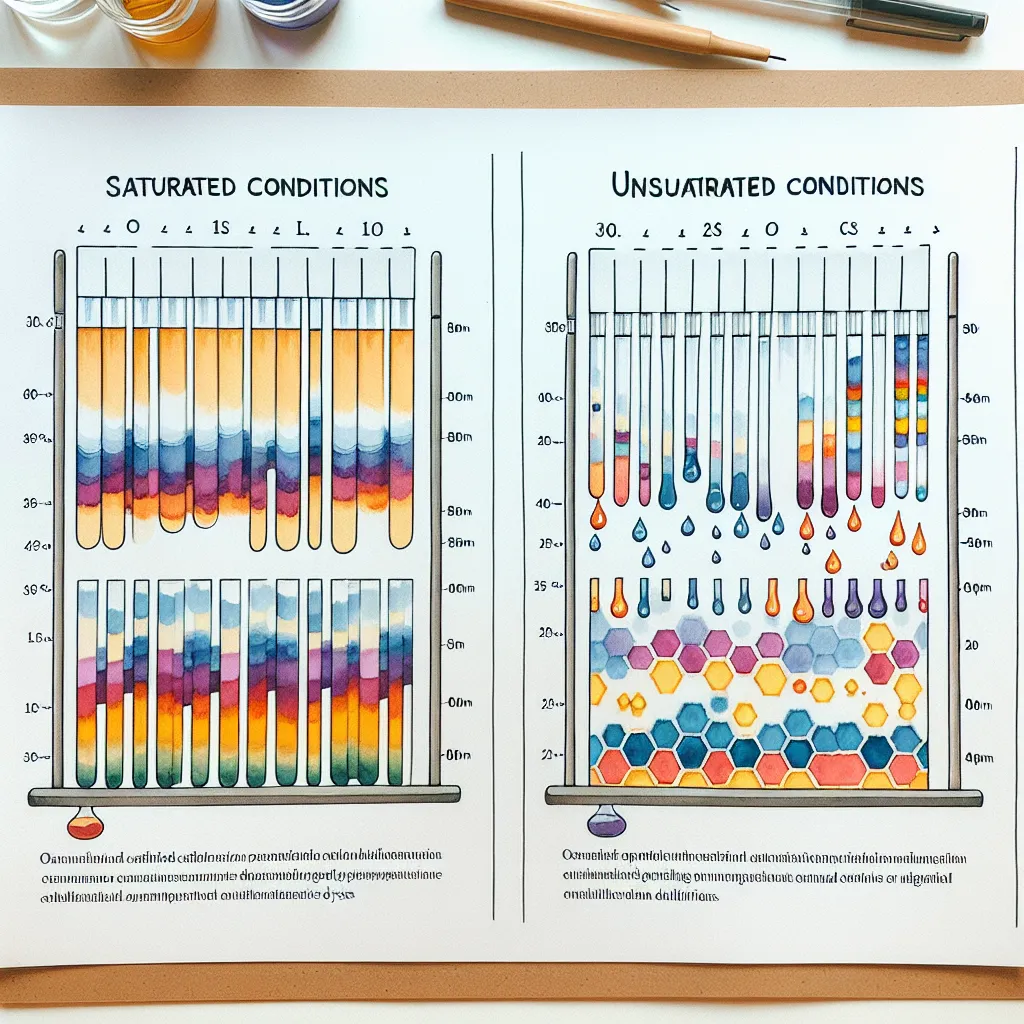 Ask AI: Discuss the separation of organic dyes under two different set of conditions: Saturated and unsaturated using THIN LAYER CHROMATOGRAPHY
Ask AI: Discuss the separation of organic dyes under two different set of conditions: Saturated and unsaturated using THIN LAYER CHROMATOGRAPHY
 Ask AI: a) Discuss briefly why there appear to be differences in RF values under saturated and unsaturated conditions of TLC.
Ask AI: a) Discuss briefly why there appear to be differences in RF values under saturated and unsaturated conditions of TLC.
Question Tags
If you want your question answered by an AI, click here.
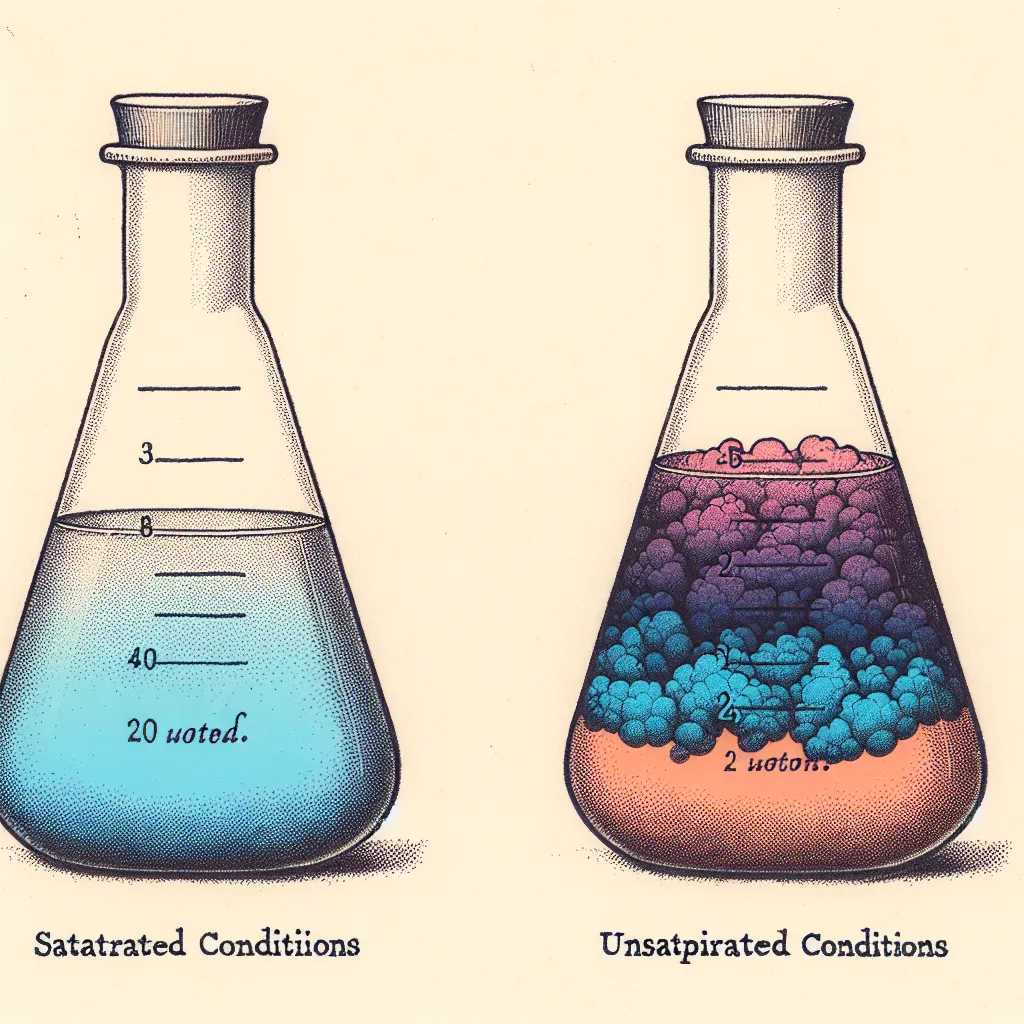
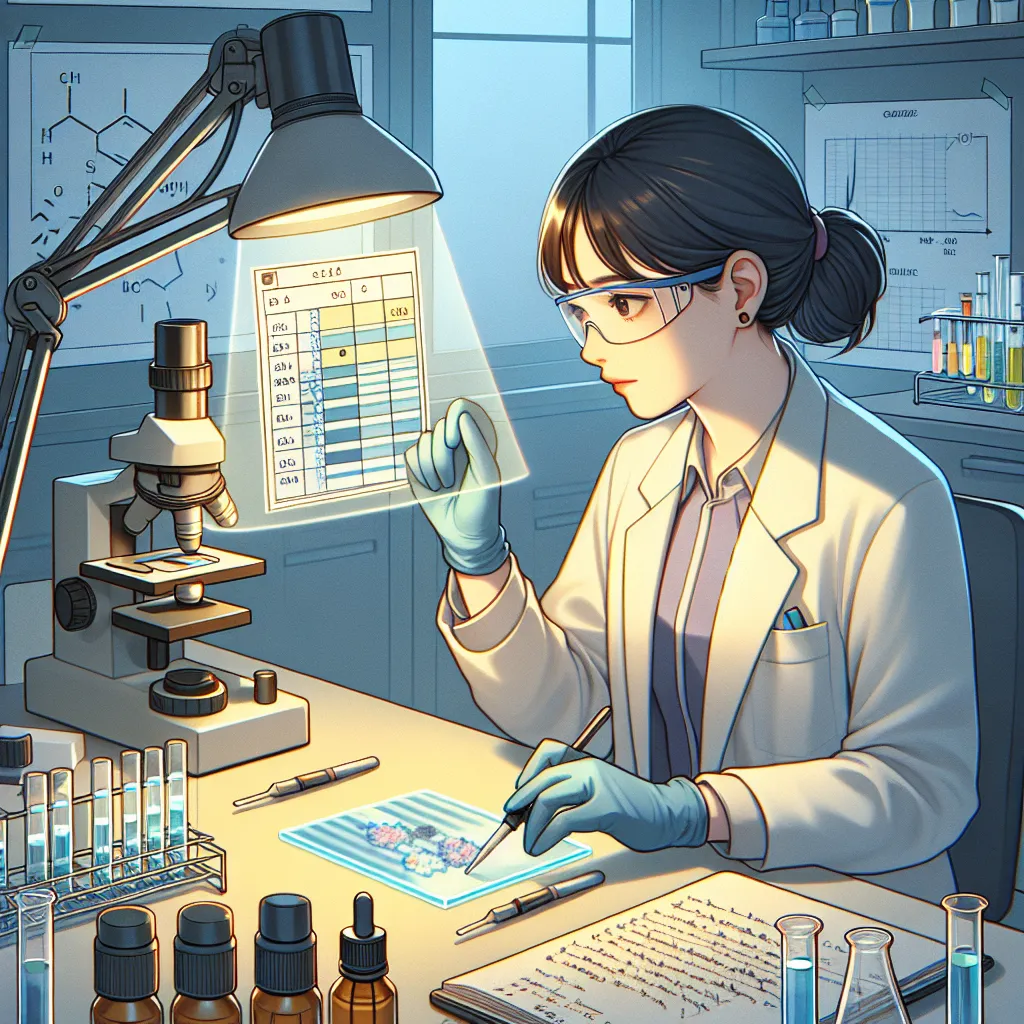
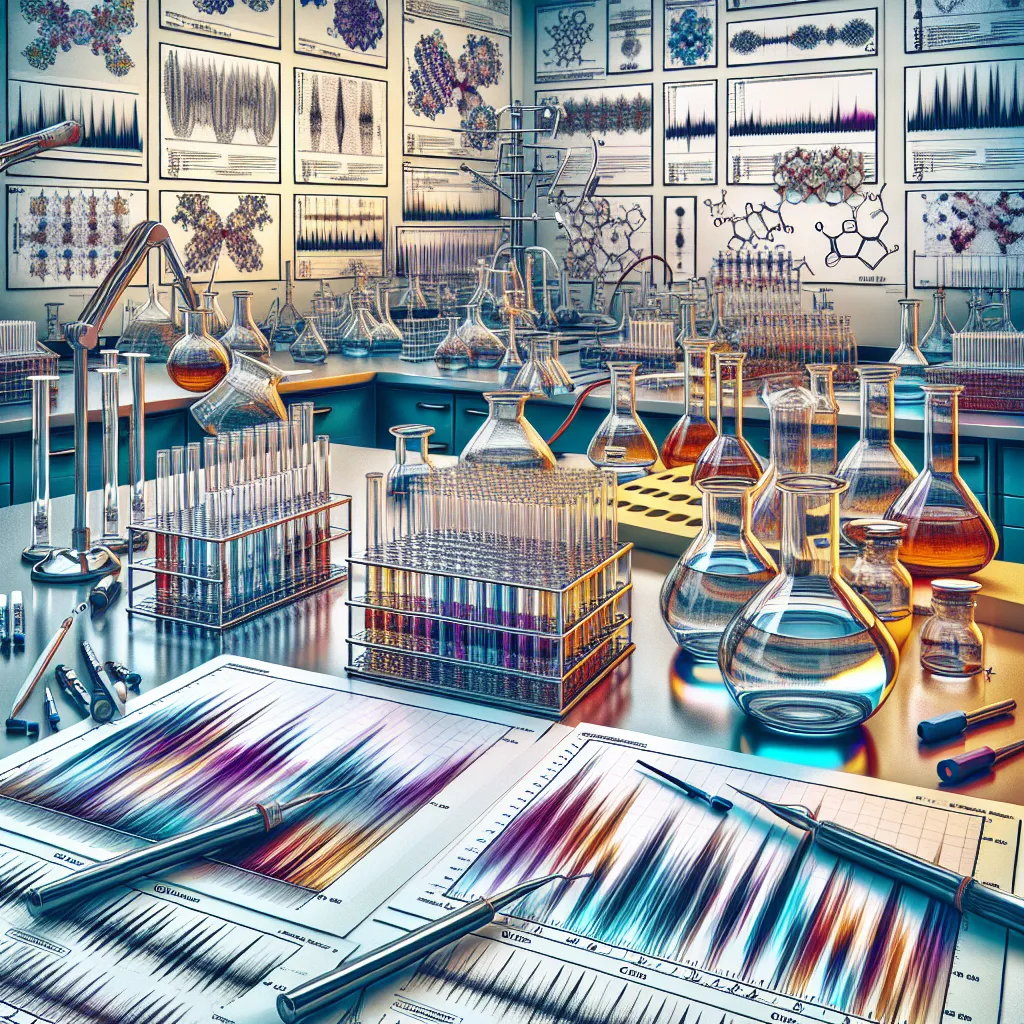
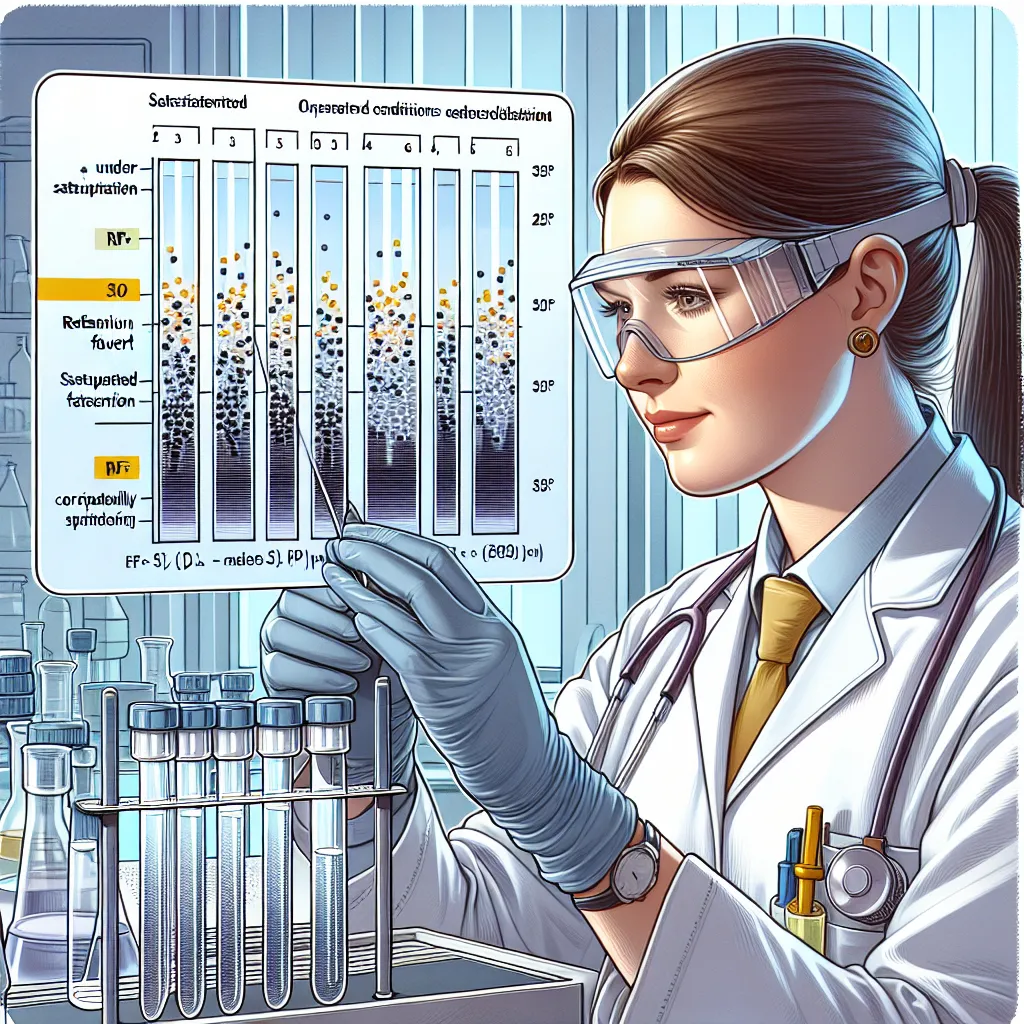
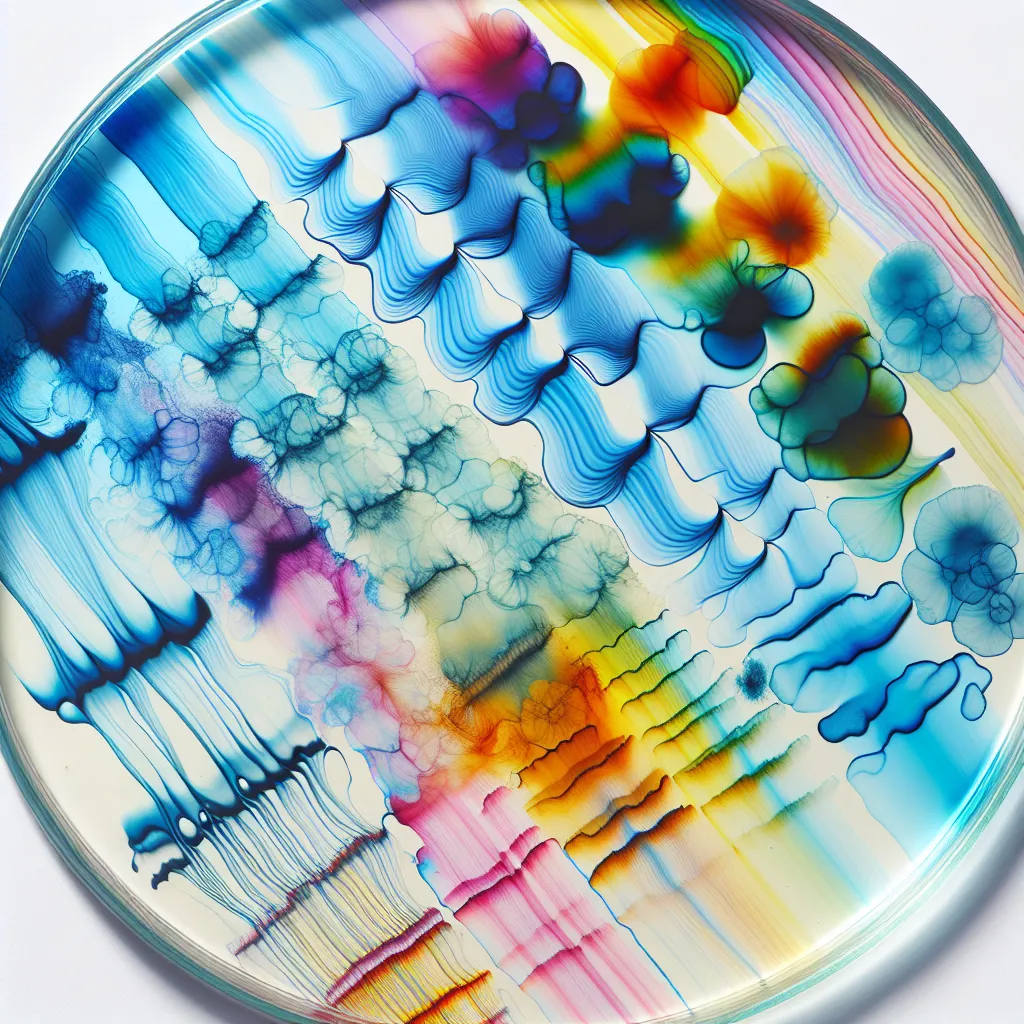
Post your own comment: